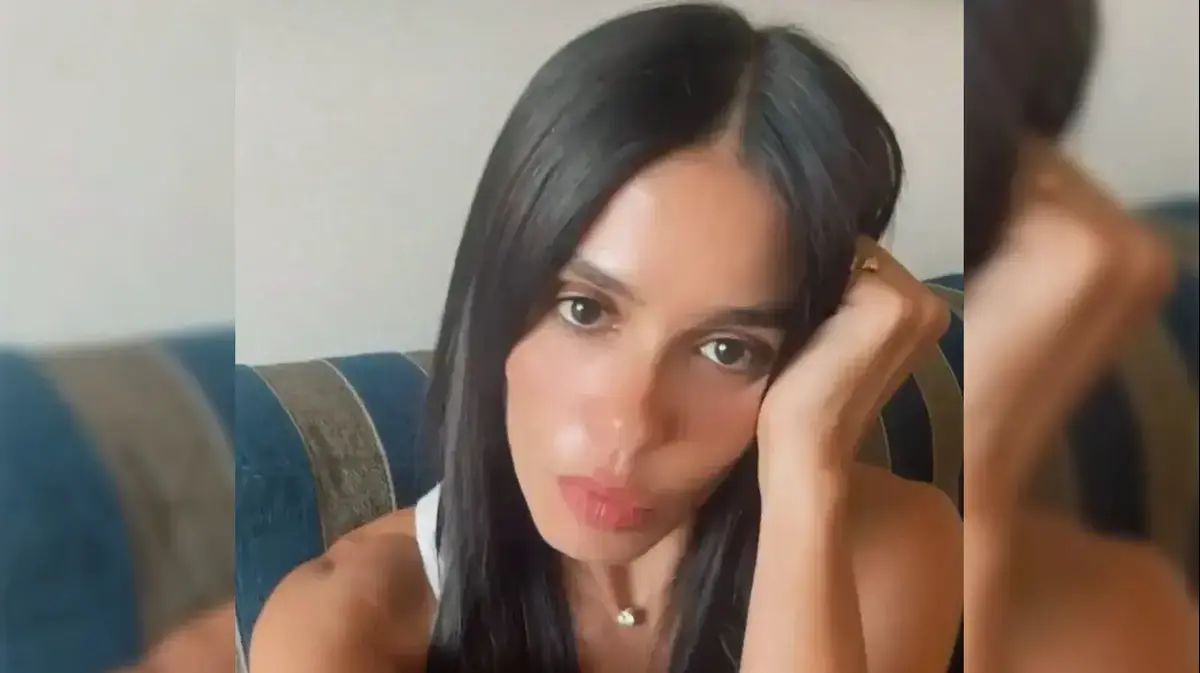In the days when most of us prefer to send Rosh Hashanah greetings on WhatsApp, a special Rosh Hashanah postcard from 132 years ago was revealed in the collection of the National Library.
The Rosh Hashanah postcard, which is considered one of the earliest in the collection of the National Library of Israel from 1890, is from Germany, and bears the inscription: "Good writing and signature" in Hebrew and "Die besten Wunsche zum neuen Jahre!" in German. The rose flowers and doves are arranged on the card in a circle, symbol to the cycles of time. On the other side of the card the sender signed in Hebrew: Rachel.
The National Library added that the last name is illegible, and emphasized that the writer probably also indicated the place from which the card was sent, but it is difficult to decipher.
The item is one of the oldest in the National Library's collection of greeting cards, and was collected for it by Dr. Yosef Hazanowitz, a physician, collector and bibliophile, one of the founders of the National Library. This is evidenced by the "Ganzi Yosef in Jerusalem" stamp, which was stamped on the back of the greeting card and indicates items collected in Eastern Europe by Khazanovitz for the National Library.
Since the Middle Ages
The collection of Rosh Hashanah letters of the National Library is considered the largest in the world and includes greetings, letters, cards and postcards from Israel and abroad. The custom of greeting those near and far for the New Year is already documented in Ashkenazi Judaism of the Middle Ages and is mentioned in the book of customs of the Maharil.
The blessings were added to the top of the letters that Jews sent to each other from the beginning of the month of Elul, and in them the well-known phrase "For a good year be written and signed".
This practice took a significant turn with the invention of the cartoon postcard in the last decades of the 19th century and became more accessible and simpler.
The first postcards were printed in Germany, and from the beginning of the 20th century they also began to be used among the Jews of Eastern Europe and the USA.
Illustrations of the Land of Israel
From the last decades of the 19th century, it was also customary to use illustrated cards made in Germany, which were sent in envelopes.
Ariel Viterbo, from the archives department of the National Library, who is responsible for registering the collection of greeting letters, says that "the drawings and illustrations of the greetings offer us a fascinating perspective on the various images chosen to accompany the greeting for the New Year. Thus, for example, you can learn about the religious life of the Jews who lived in the countries these, but also about their daily lives."
Viterbo adds that "parallel to the practice of Ashkenazi Judaism, also in the Land of Israel at that time, greetings for Rosh Hashanah began to appear on letters sent to donors by various institutions.
"The pages were decorated with the paintings of the holy places and the picture of the institution asking for the help of the benefactors.
"One of the institutions that requested the help of the benefactors as early as 1901 on a New Year's postcard was Midrash Abarbanal, which was known at the time as the General Library, and a few decades later became the National Library of the State of Israel."
were we wrong
We will fix it!
If you found an error in the article, we would appreciate it if you shared it with us















